The March 3rd Festival, also known as Shangsi Festival or Da Gejie (Grand Song Festival) in various regions of China, is a vibrant celebration steeped in rich cultural traditions and historical significance. This festival marks the beginning of spring and is often associated with the awakening of nature, fertility, and new beginnings. While its origins and practices may vary across different ethnic groups and geographical areas, one common denominator that binds these celebrations together is the array of traditional foods that are prepared and enjoyed during this time. This article delves into the culinary delights that characterize the March 3rd Festival, exploring the significance, preparation, and flavors of these dishes.
Colored Rice Cakes (Zongzi in Some Regions)
One of the most iconic foods associated with the March 3rd Festival is the colored rice cake, which in some areas is akin to the zongzi traditionally eaten during the Dragon Boat Festival. However, the March 3rd version tends to be more colorful and festive, often adorned with vibrant hues derived from natural ingredients like butterfly pea flowers, turmeric, and bamboo leaves. These rice cakes are not only a delight to the eyes but also carry deep symbolic meanings. The colors represent prosperity, health, and good fortune, making them an essential offering to ancestors and a cherished part of family gatherings.
Preparation involves soaking glutinous rice in colored water overnight, wrapping it in bamboo leaves or other leafy wrappers, and then steaming or boiling until tender. The filling can range from sweet options like red bean paste or dates to savory ones featuring pork, mushrooms, and salted eggs. Each bite is a burst of flavor and color, encapsulating the essence of spring and renewal.
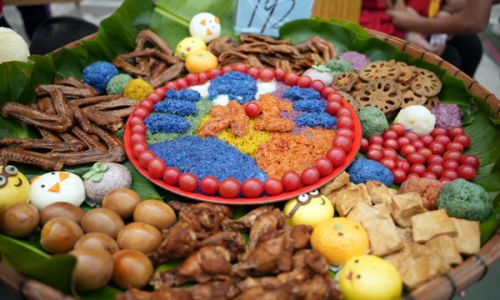
Bamboo Shoots and Other Spring Vegetables
March 3rd coincides with the harvesting season of bamboo shoots, making them a staple in many festival dishes. Bamboo shoots are not only a delicacy but also symbolize growth and resilience, mirroring the festival’s themes of renewal. They can be prepared in numerous ways, from stir-fries and soups to pickles and preserved dishes. Their crisp texture and subtle sweetness make them a versatile ingredient that complements both meat and vegetarian dishes.
Alongside bamboo shoots, other spring vegetables like watercress, mustard greens, and ferns are also featured prominently. These fresh, earthy flavors are celebrated in simple yet flavorful preparations, such as stir-fries with garlic and oil, or steamed with light soy sauce. These dishes embody the purity and vitality of spring, encouraging a return to nature and simplicity.
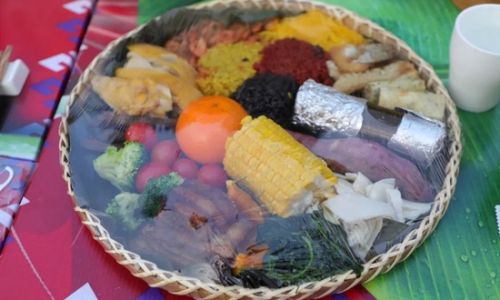
Steamed Fish and River Delicacies
Given the festival’s close ties to water and fertility, steamed fish and other river delicacies are a must-have. Fish, particularly carp, is highly symbolic, representing surplus and prosperity. It is often prepared whole, steamed with ginger, scallions, and soy sauce, to preserve its natural flavors and texture. The presentation is as important as the taste, with the fish meticulously decorated to enhance its auspicious appearance.
In addition to fish, other river delicacies like crayfish, frogs, and river snails are also enjoyed. These dishes are often seasoned with local herbs and spices, reflecting the diverse culinary traditions of China’s riverine communities. Eating these delicacies during the festival is believed to bring good luck and abundance for the coming year.
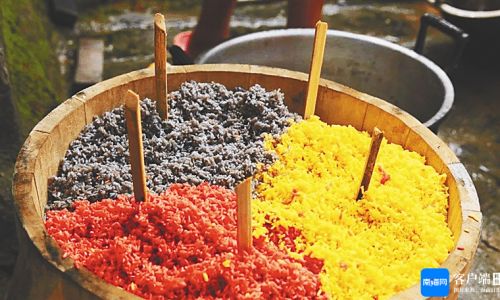
Rice Noodles and Dumplings
Rice noodles and dumplings are another common sight during the March 3rd Festival. Rice noodles, symbolizing long life and unity, are often served in soups or stir-fries, accompanied by an assortment of vegetables, meats, and seafood. Their smooth, silky texture makes them a delightful addition to any meal.
Dumplings, on the other hand, are a versatile food that can be filled with sweet or savory ingredients. During the festival, they are often made with special care, incorporating ingredients that symbolize good fortune and prosperity. Some families even organize dumpling-making contests, adding a fun and competitive element to the celebrations.
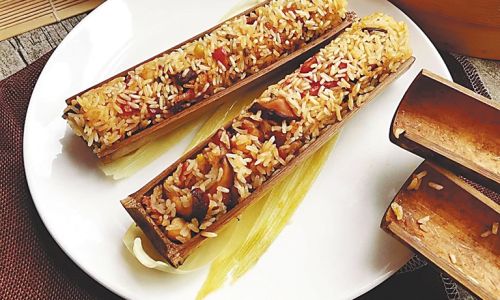
Sweet and Savory Snacks
No festival in China is complete without an array of sweet and savory snacks. During the March 3rd Festival, streets and markets are filled with vendors selling traditional treats like sesame balls, glutinous rice cakes, and fried dough sticks. These snacks are not only delicious but also carry cultural significance, often being associated with stories and legends from local folklore.
Sweet treats like sticky rice cakes filled with red bean paste or lotus seed paste are particularly popular, offering a sweet end to a meal filled with savory delights. These snacks are also shared as gifts, symbolizing the giving and receiving of blessings.
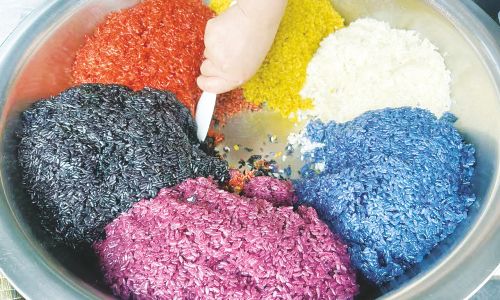
Conclusion
The March 3rd Festival is a celebration of food, culture, and community. Through the preparation and sharing of traditional cuisines, families and communities come together, reinforcing bonds and passing down generations-old traditions. Each dish, from the colorful rice cakes to the fresh spring vegetables, embodies the festival’s themes of renewal, prosperity, and unity. As we savor these culinary delights, we are not just enjoying a meal but participating in a rich tapestry of heritage and flavor that defines the spirit of the March 3rd Festival.
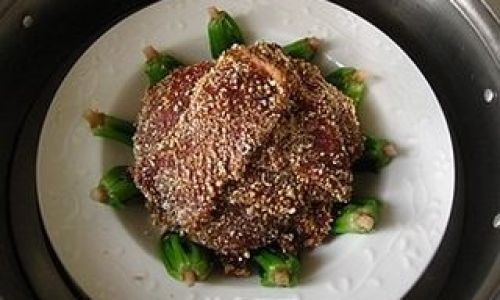
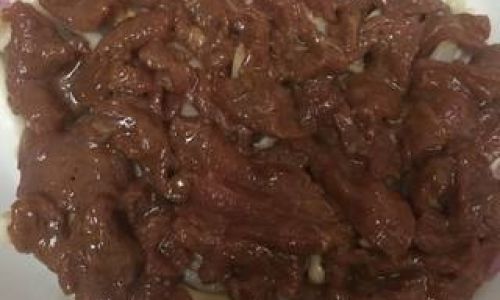
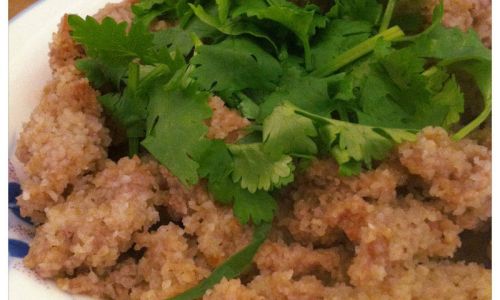
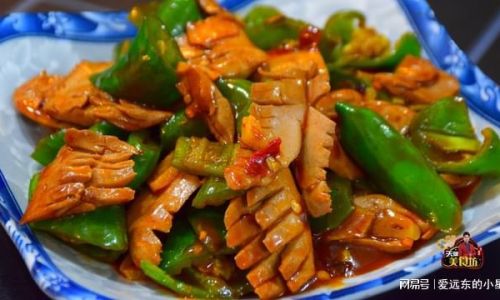
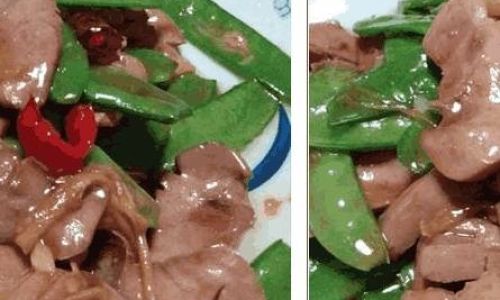
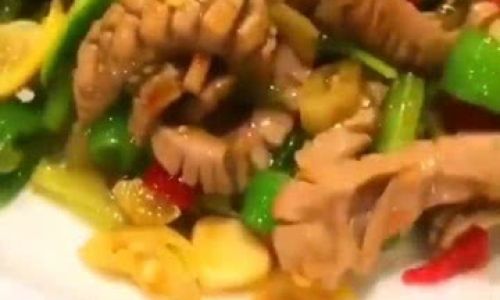
0 comments